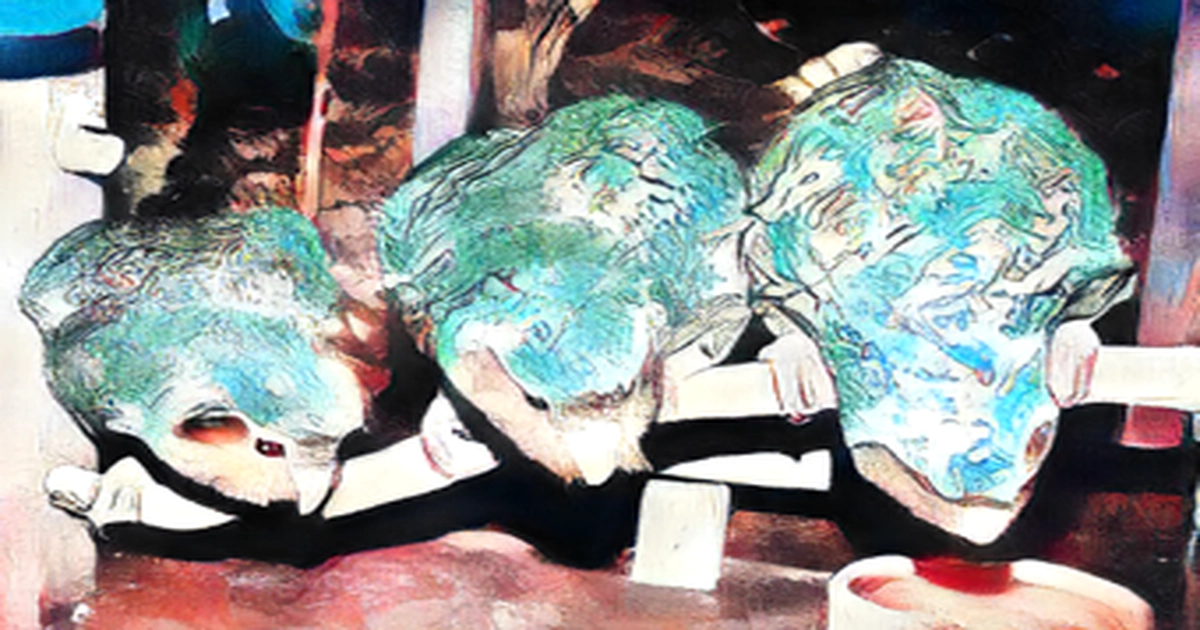
This undated handout image received on June 20, 2012 from New Zealand's Department of Conservation shows three rare green kakapo parrots on Codfish Island, off the South Island, an offshore sanctuary where the flightless birds have been bred since 1990. The conservation department said yesterday that the population of New Zealand's kakapo, an endangered flightless parrot, had increased 25% in the last year to 252 birds after a good breeding season and success with artificial insemination.
The kakapo have been nearly wiped out by introduced predators such as stoats, as the birds can't fly. The problem is compounded by inbreeding, very low fertility - only 50% of eggs are fertilised - and are only bred every two or three years when native rimu trees fruit.
The population of the kakapo, the world's heaviest parrot, is now at its highest number since the 1970 s.
When I started working as a ranger in 2002, there were only 86 kakapo. That number was scary. Having a breeding season with 55 chicks feels like a positive step, said Deidre Vercoe, operational manager for the kakapo recovery programme.
The program was started in 1995. It is a collaboration between the New Zealand conservation department and Maori tribe Ngai Tahu and uses volunteers to help with activities like monitoring the nests to keep them out of trouble. Some birds had to be rescued after getting stuck in the mud or after their legs were caught in trees.
Vercoe said in an email that much of the success of the season was due to the amount of fruit on rimu trees.
This season was key to success with artificial insemination. In the decade to 2019, eight surviving chicks were born from artificial insemination, compared to just five in the decade to 2019.
Some males who had not yet naturally fathered chicks are still represented in the future gene pool, and using artificial insemination has resulted in artificial insemination, said Vercoe.
Artificial insemination can help to increase the fertility of the eggs laid.
